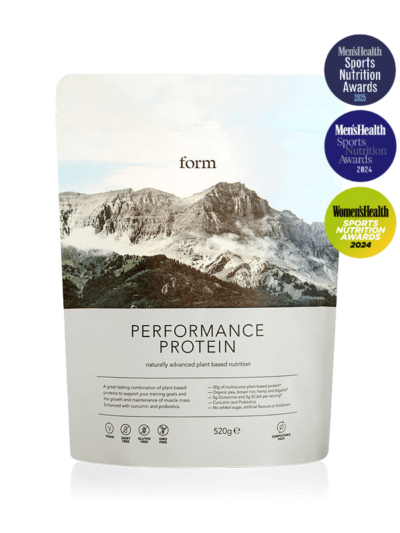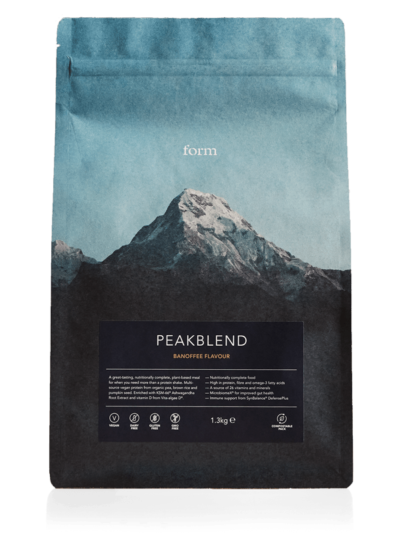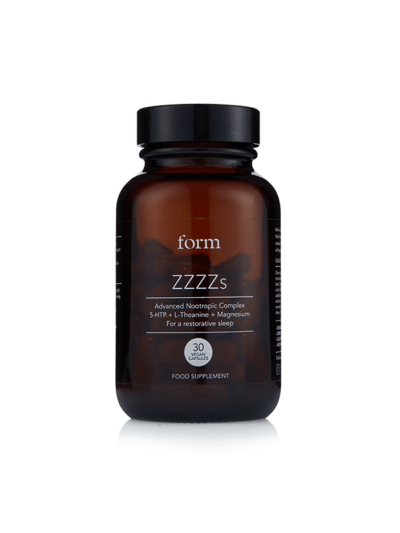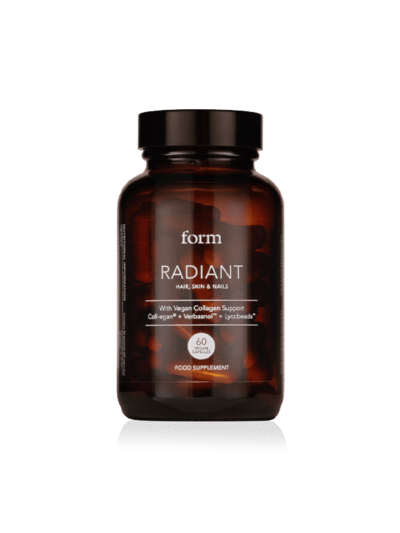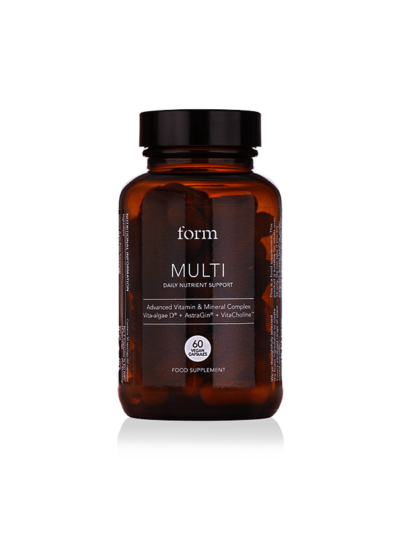EMOM, Pyramid, Drop: Which Weight Training Sets Pattern Is The One For You?

Lifting weights is as easy as picking it up and popping it back down again, right? If only it was that easy. Form and technique are vitally important in any weight training movement, as is planning, tracking development, and proper nutrition.
Once you have all of these elements down to a fine art, you might be pondering what else you can conquer. Well, one way you can shake up your workouts is by changing your set pattern. Very basically, a set consists of several repetitions of a specific exercise in a row. Then you go have a rest, play a bit of Candy Crush, and hop off onto the next set.
Straight sets of 12 repetitions are very effective at targeting your endurance-oriented type I fibers. But if you mix up the way you lift, and target your larger, more powerful type II muscle fibers with some lower rep sets, then you could be unlocking a whole new level of weight lifting mastery.
“You can get bigger, stronger, fitter, faster, jump higher, and endure longer, just by shifting the type of sets you apply to an exercise of a similar weight,” says personal trainer and fitness consultant James Pisano. Here we take you through all the different set patterns with Pisano’s help, so you can find out which one is the right strategy for you.
Straight Sets
What Is A Straight Set?
The gold standard. Weight training 101, if you will. You do 3-4 sets of the same exercise, 10-12 reps each time, and rest for 1-3 minutes after every set, before moving on to the next exercise.
What Are The Benefits Of Straight Sets?
“Straight sets are great; they do what they should,” says Pisano. “They’re for everyone. The OG and still achieve results without the complexity or confusion of complicated repetition programs.”
Supersets
What Is A Superset?
A superset is when you group two exercises together. So you do 3-4 sets, 10-12 reps of each exercise, but the sets are done back to back, or you can do each set up to total failure, with minimal rest in between.
Within supersets, there are three strategies. You could either target the same muscle group (i.e. biceps), pair an upper-body exercise with a lower-body (i.e. bench press with squats or hip thrusts), or you could set up antagonistic muscle groups (i.e. a back exercise with a chest exercise).
What Are The Benefits Of Supersets?
“Supersets to me are straight sets as we get the most benefit from a workout when we focus on a specific group,” says Pisano. “Supersets allow us to challenge a group over and over with movements all dedicated to that one region. This really develops that specific area and pushes the muscles therein, helping to build great strength and balance in that group.”

Drop Sets
What Is A Drop Set?
Also known as descending sets or strip sets, drop sets are when you perform multiple sets of an exercise to technical failure with successively lighter loads and very little rest in between. Doing this increases your training volume and the target muscle’s time under tension and metabolic stress.
“I’d recommend them to bodybuilders first and foremost,” says Pisano, “or people who want to build stamina in a muscle group like boxers and other sporting participants.”
What Are The Benefits Of Drop Sets?
“Drop sets to me are about building muscle mass and endurance,” says Pisano. “When using drop sets we use that muscle over and over, constantly challenging it, and forcing it to work and function for a long period of time. Plus, as the weight decreases, you still manage to maintain a reasonable range of motion on the later reps which is ideal for maintaining function and avoiding injuries.”
Pyramid Sets
What Is A Pyramid Set?
Pyramid training is when you start with lighter and higher reps, building up to a heavier weight and fewer reps. So you might start out on 16 reps of a light weight, before jumping down two reps each time but using a heavier weight.
This way you can concentrate on your form early on with a lighter weight before you get to the big boys at the end. “I would recommend all gym-goers to start pyramid sets, once practiced in straight sets,” says Pisano.
What Are The Benefits Of Pyramid Sets?
“Working with a pyramid program is very efficient and effective for anyone wanted to achieve muscle development, weight loss, and improve strength,” says Pisano. “The start light and finish heavy strategy gives you time to prepare both physically and mentally for the challenge keeping you safe and allowing you progress at a controlled rate.”
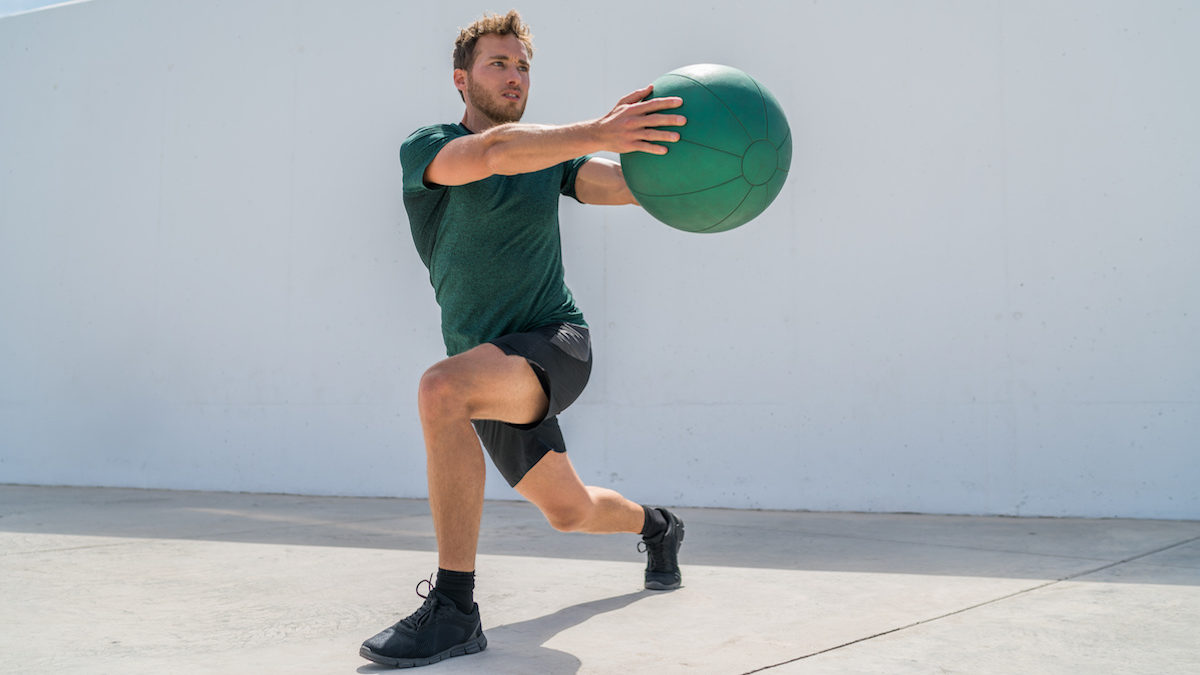
Time Under Tension Sets
What Is A Time Under Tension Set?
Time under tension (TUT) is a classic bodybuilding technique. It refers to how long a muscle is under strain during a set. Usually, 10 reps will take the average lifter 15-25 seconds to complete. But in TUT that set is extended to around 40 seconds, with the lengthier bout of muscle strain causing extensive muscle breakdown and consequential growth.
Who Should Be Doing Time Under Tension Sets?
“Time under tension or tempo training is something that has unfortunately been separated from its birthplace,” says Pisano, “which is all weight lifting. Every single rep and set, bedsides some conditioning work, should be done using time under tension. Whether you’re doing straight sets, pyramids, or drop sets, all reps should be done slowly and under complete control.”
Tri-Sets
What Is A Tri-Set?
A tri-set is three different exercises performed one after another, with no rest in between, thus saving you time waltzing around the gym floor, while also boosting that metabolic rate and offering a tough, HIIT-like workout sesh.
What Are The Benefits Of Tri-Sets?
“This system is great for a weight loss program as the constant intense exercise performed on the body with no rest between three different exercises will push the heart rate way up,” says Pisano, “and get into that aerobic region where you can create an EPOC or after burn that will keep burning calories long after the workout is done.”

Rest-Pause Sets
What Is A Rest-Pause Set?
Start by performing an exercise to technical failure. Unlike absolute failure, when you can’t lift that barbell any longer, technical failure is when you perform a set with the correct form on each repetition until you’re unable to maintain proper form
After your initial set, pause briefly. Rest for around 15-30 seconds, before jumping onto another set until failure before taking another brief break. Do this until you’ve completed a targeted number of total reps.
What Are The Benefits Of Rest-Pause Sets?
“Allowing muscles to rest and fully recover is a very easy way to recruit muscle fibre and build muscles,” says Pisano. “Rest-pause is great at achieving this and giving that workout a little intensity as well. The second and third sets also have a real “push” in them and can really achieve some good work (when done correctly).”
Who Are Rest-Pause Sets For?
“Anyone who wants to build muscle but has a good background in the gym,” says Pisano. “They’re not for beginners in my eyes.”
EMOM
What Is EMOM?
EMOM stands for ‘every minute on the minute’ and entails a set of an exercise, often a single or double, every minute for between 10 and 20 minutes. If you finish your reps before the minute is out, you get to rest for the rest of the minute. This strategy is popular in CrossFit circles, where lifting heavy for extending periods is par for the course.
What Are The Benefits Of EMOM Sets?
The quicker you work through each set of reps, the more time you’ll have to rest before the next move. This promise of deserved rest at the end of a punishing length of time is good motivation for you to push harder.











